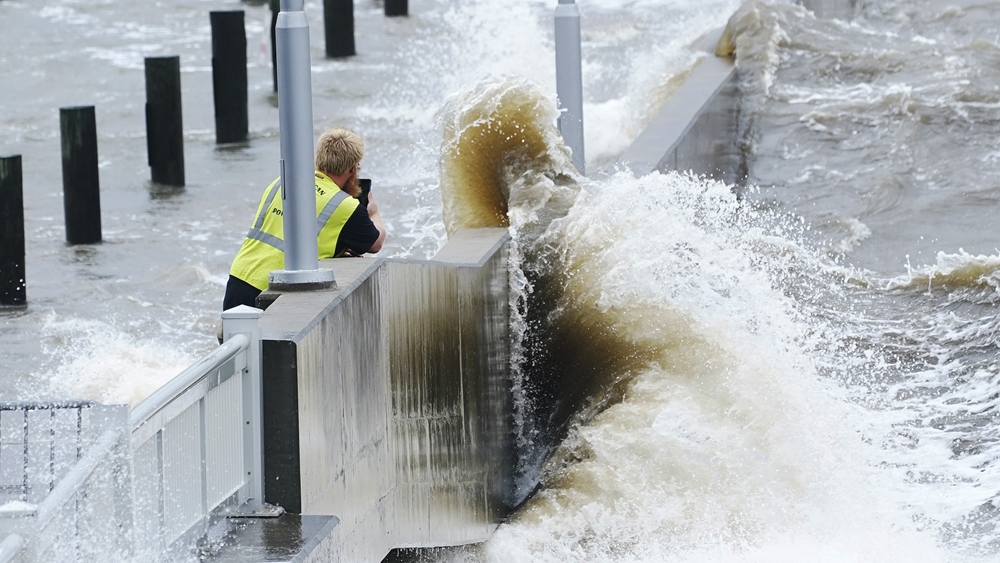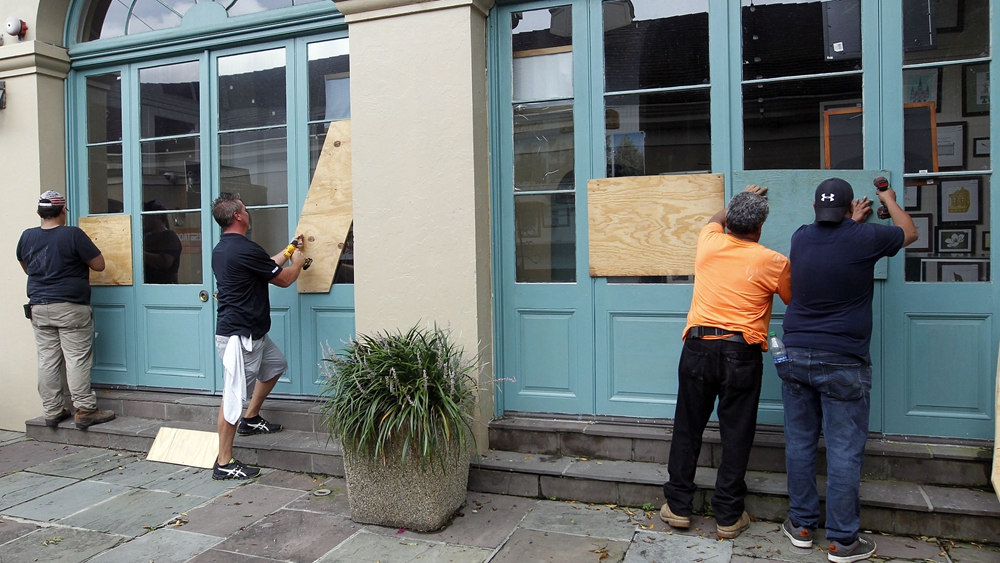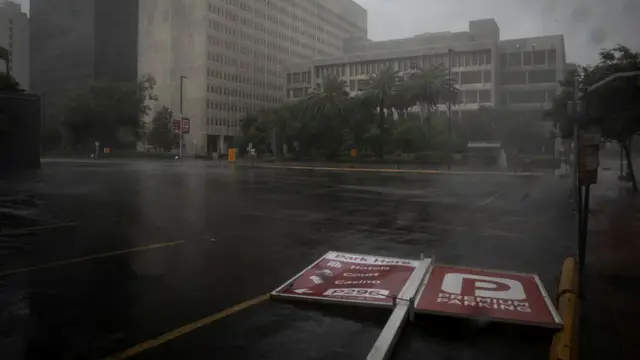The category-four Hurricane Ida made a landfall in the U.S. state of Louisiana on Sunday, lashing the coast with 150 mile-per-hour winds, torrential downpours and pounding surf that plunged much of the shoreline under several feet of water, according to the U.S. National Hurricane Center (NHC).
All of New Orleans, Louisiana's most populous city, had power knocked out due to "catastrophic transmission damage," the local utility reported, hours after flash-flood warnings were posted.
The first death related to Hurricane Ida has been reported by the Ascension Parish Sheriff's Office.
With communities in the most vulnerable coastal areas ordered to evacuate in advance, residents riding out the storm in their homes braced for the toughest test yet of major upgrades to a levee system constructed following devastating floods in 2005 from Hurricane Katrina.
Hundreds of miles of new levees were built around New Orleans after flooding from Katrina inundated much of the low-lying city. That storm claimed more than 1,800 lives.

A utility worker photographs waves as they slam against a sea wall at the city marina as outer bands of Hurricane Ida arrive in Bay Saint Louis, Mississippi, August 29, 2021. /CFP
Sixteen years to the day after Katrina made landfall, Ida slammed ashore around noon near Port Fourchon, Louisiana, a hub of the Gulf's offshore energy industry, blasting the coast with hurricane-force winds extending 50 miles (80 kilometers) out from the eye of the storm.
Officials of the U.S. Army Corps of Engineers said they expected the city's newly reinforced levees to hold, though they said the flood walls could be overtopped in some places.
"This is one of the strongest storms to make landfall here in modern times," Louisiana Governor John Bel Edwards said at a news briefing, while voicing such a confidence in levee improvements that they were "built for this moment."
Power outages were widespread in the first hours of the storm, with more than 530,000 Louisiana homes and businesses losing electricity by late in the day, according to state utility Entergy Louisiana.
"As soon the storm passes, we're going to put the country's full might behind the rescue and recovery," President Joe Biden said after a briefing at the headquarters of the Federal Emergency Management Agency in Washington.

A utility worker photographs waves as they slam against a sea wall at the city marina as outer bands of Hurricane Ida arrive in Bay Saint Louis, Mississippi, August 29, 2021. /CFP
Within hours, as Ida crept closer to New Orleans, its sustained winds had diminished to 125 mph, downgrading it to a Category 3 storm but one still considered a major life-threatening hurricane, according to the NHC.
Inundation from Ida's storm surge - high surf driven by the hurricane's winds - was reported to be exceeding predicted levels of 6 feet (1.83 m) along parts of the coast.
Videos posted on social media showed storm surge flooding had transformed sections of Highway 90 along the Louisiana and Mississippi coast into a choppy river.
The NHC also warned of potentially catastrophic wind damage and up to 2 feet (61 cm) of rainfall in some areas.
"We're as prepared as we can be, but we're worried about those levees," said Kirk Lepine, president of Plaquemines Parish, home to 23,000 people and one of the most vulnerable areas along Gulf Coast. Lepine said he feared water topping levees along Highway 23.
"That's our one road in and out," he said.
(CGTN)
 简体中文
简体中文

